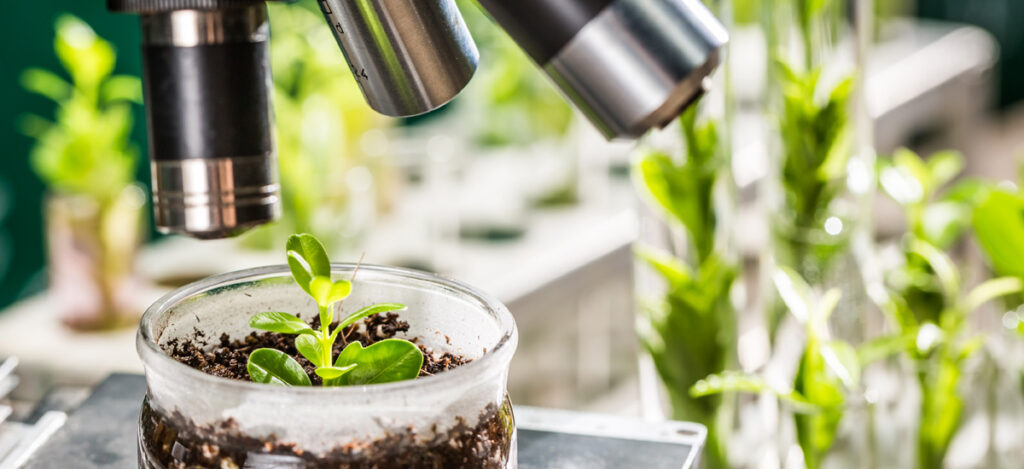Microbiology Testing vs. Environmental Monitoring
What is microbiology?
Microbiology can be broken down into the Greek and Latin roots of “micro,” “bio,” “ology.” The “micro” stands for small, the “bio” stands for biology, and the “ology” stands for “the study of.” Microbiology can also be defined by “microbial,” which refers to microorganisms. Suppose we put all of those Geek and Latin roots in combination with the definition of microbial. In that case, we understand that microbiology is the study of microorganisms, where microorganisms are small living components of the broad field of biology.
What is environmental monitoring?
Environmental monitoring is the tools and techniques used to observe an environment, characterize an environment’s quality, and ensure that an environment meets established acceptance criteria.
How do regulatory tests for microbiology and environmental monitoring relate?
Microbiology has to do with identifying the species and genus of different microbes (fungi, bacteria, etc.) in a sample. Microbiology also quantifies the number of microbes in a sample using colony-forming units (CFUs). Environmental monitoring for medical products and medical devices involves controlling the microbial acceptance criteria for product manufacturing environments throughout the entire lifecycle of the product, from raw materials to end-use or expiration. Microbiology sampling and testing are used to monitor manufacturing environments for medical devices and products. Water sampling and air sampling, in particular, are utilized for the environmental monitoring of aseptic processes and environmental monitoring of non-sterile processes. Thus, microbiology and environmental monitoring are interrelated for medical devices and products.
What are the differences between microbiology testing and tests for environmental monitoring?
As mentioned above, microbiology sampling and testing are key components of environmental monitoring for microbial contamination. Sampling (of the air, water, and surfaces) for environmental monitoring is one type of microbiology test. Further, microbiology testing for environmental monitoring rarely requires the complexity and specificity of identifying the species and genus of different microbes. In this way, sampling and environmental monitoring testing differ from other traditional microbiology assays that directly test medical devices, packaging, or products. Other regulatory testing for microbiology may include assays such as microbial enumeration testing, particulate analysis, yeast analysis, antifungal activity assessment, growth promotion testing, microbial limits testing, zone of inhibition testing, bacteriostasis/fungistasis testing, bacteria identification, yeast identification, fungi identification, gram-negative staining, product inoculations, biological indicator tests, and BI incubation time reduction studies.
USP 61 and USP 62 govern microbiology testing, while multiple other USP guidance documents (USP 1211, USP 1115, USP 1116, etc.) govern environmental monitoring. For a comparison of USP 60, USP 61, and USP 62, please visit our article HERE.

Why are microbiology testing and tests for environmental monitoring important?
Environmental monitoring is an important quality control metric and is particularly critical for verifying your medical device or product is devoid of microbes during various phases of manufacturing, packaging, transportation, and storage. Microbiology sampling and testing are key components of environmental monitoring to reduce microbial contamination risk. Thus, microbiological testing is imperative for preventing product-induced infections and mitigating contamination risk in manufacturing environments, especially aseptic manufacturing environments. Aseptic manufacturing environments rely heavily on microbiological testing because aseptic processing requires excluding microorganisms from the manufacturing methods. Thus, microorganisms must be prevented from entering open containers or product materials during aseptic processing. As a result, microbial tests monitor clean rooms and facilities that manufacture products using aseptic processing. Microbiological tests also evaluate microbial ingress through packaging materials and verify the microbial content of medical products and devices themselves. For information on the top sources of microbial contamination, please visit our article HERE.
Summary
Overall, microbiology testing and environmental monitoring tests are imperative for regulatory approval of medical devices or products. These tests ensure that medical devices, products, manufacturing environments, and packaging are free from microbial contamination and maintain sterility. Maintenance of sterility ensures that patients will not be at risk of infection following device exposure or product implantation. Ensure you choose a contract manufacturing organization that can support you with appropriate microbiology and environmental monitoring tests for your unique medical device or product needs.
Ethide Labs is a contract testing organization specializing in Microbiology Testing & Environmental Monitoring. Ethide Labs also offers EO Residual Testing, Sterility Testing, Cytotoxicity Testing, Bacterial Endotoxin Testing, Bioburden Testing & Package Integrity Testing services for medical device companies and allied industries. Ethide is an ISO 13485 certified facility.
References
United States Pharmacopeial Convention. <61> Microbiological Examination of Nonsterile Products: Microbial Enumeration Tests. Rockville, MD, USA. 2021. (USPC <61>).
United States Pharmacopeial Convention. <62> Microbiological Examination Of Nonsterile Products: Tests For Specified Microorganisms. Rockville, MD, USA. 2021. (USP <62>).
United States Pharmacopeial Convention. <1115> Bioburden Control of Non-Sterile Drug Substances and Products. Rockville, MD, USA. 2021. (USPC <1115>).
United States Pharmacopeial Convention. <1116> Microbiological Control & Monitoring of Aseptic Processing Environments. Rockville, MD, USA. 2021. (USPC <1116>).
United States Pharmacopeial Convention. <1211> Sterility Assurance. Rockville, MD, USA. 2021. (USPC <1211>).
Share this in your social networks


